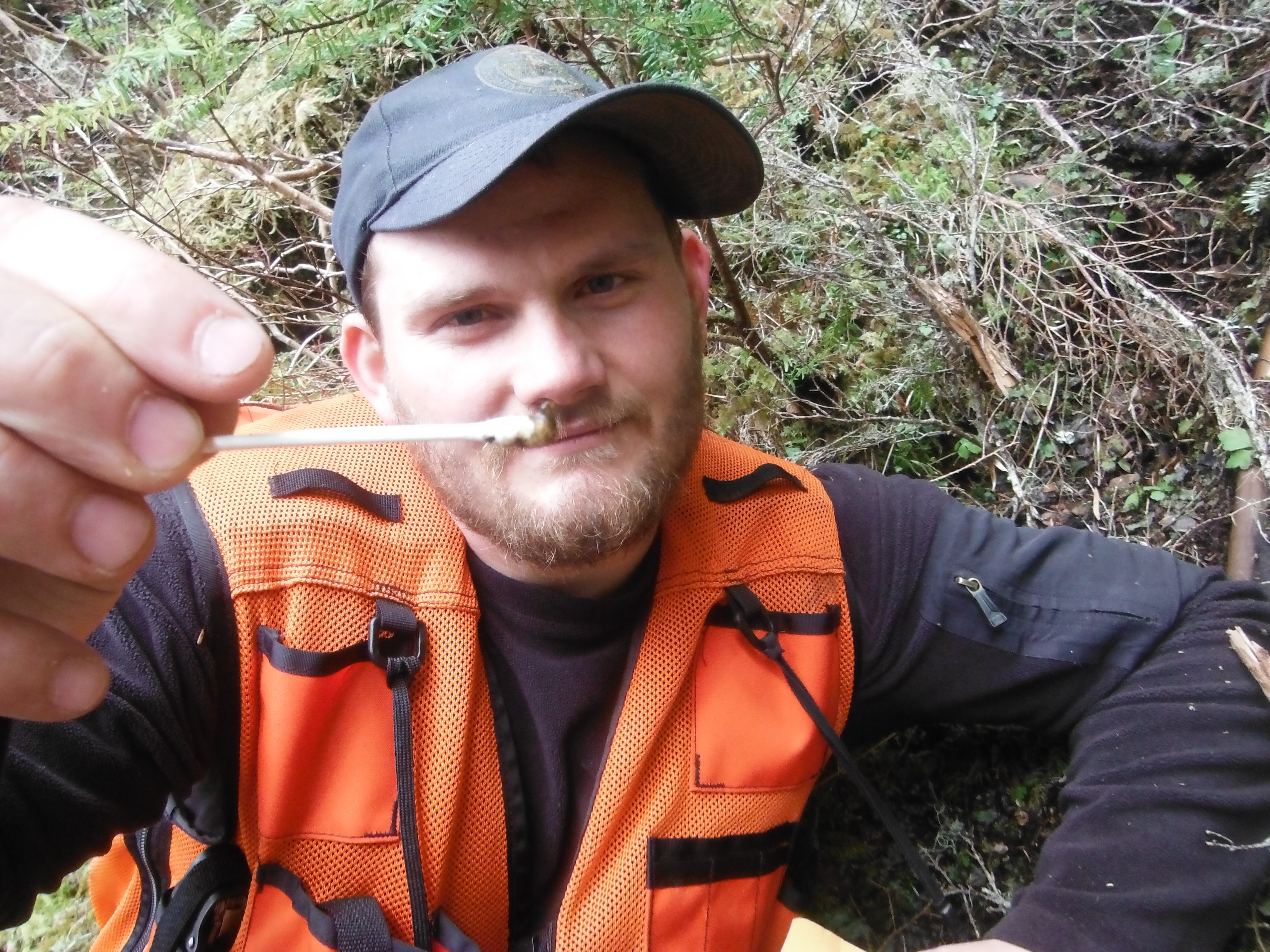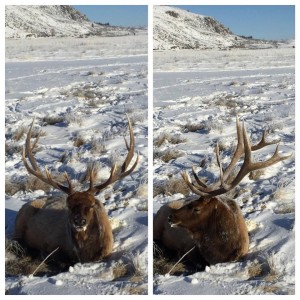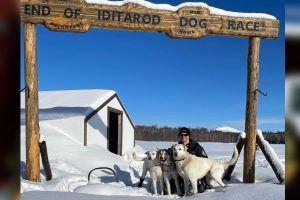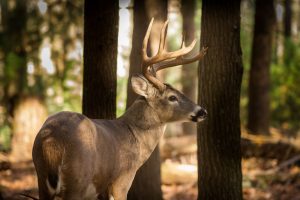Deer populations in southeastern Alaska have been on the decline for the past number of years and researchers are turning to in-depth DNA studies in an attempt to get a handle on the population.
A group of wildlife technicians with Alaska’s Department of Fish and Game based out of Juneau are heading up the operation which will take them deep into the woods in search of deer droppings.
Yup. Deer poo for DNA.
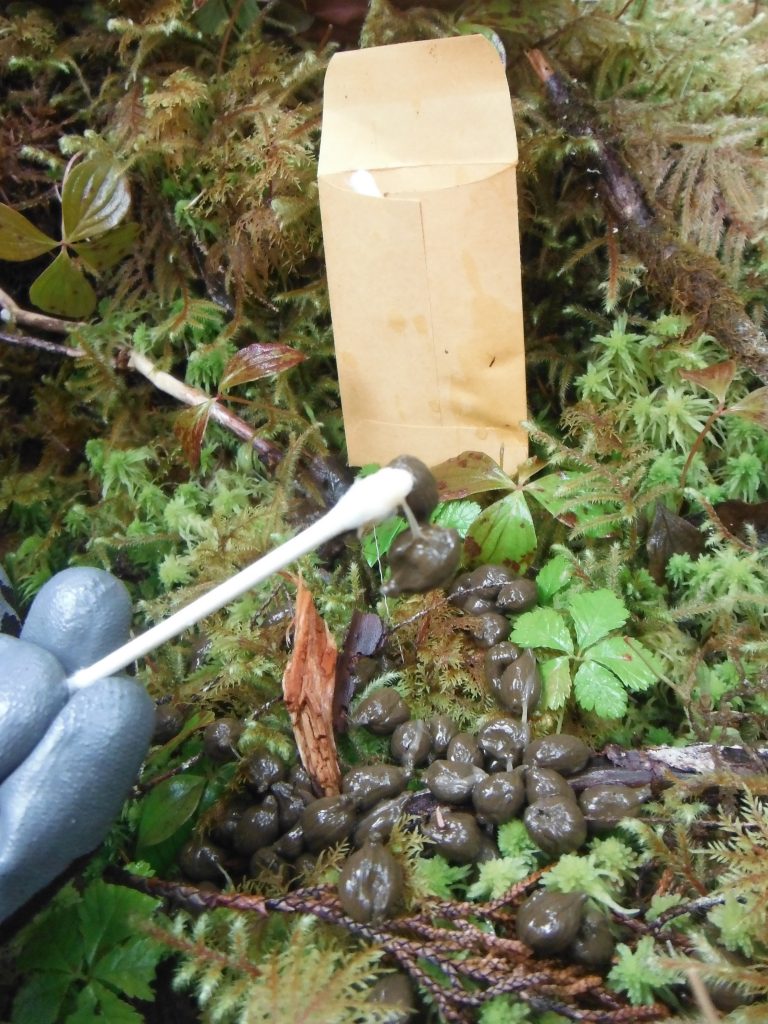
Scientists are in search of deer pellets allowing them to successfully extract the DNA from them, the catch being, each sampling must come from a fresh pile of droppings. Traipsing miles of dense woodlands in search of the finest specimens, the team will also collect a few droppings in vials with ethanol to preserve the DNA and keep the droppings from deteriorating.
The collection of the DNA is part of a vital study by the department that they hope will give them a better idea of deer populations and health in the struggling region. In addition to the DNA studies, Alaska is continuously conducting what are known as deer pellet transects.
Deer pellet transects, or faecal pellet counts, are used by wildlife biologists, farmers and even hunters to document the number of pellets and subsequent deer in any given area. In fact, Organizations such as the Quality Deer Management Association offer landowners and hunters step-by-step advice on how they can conduct their very own spring pellet counts to collect data on local deer herds.
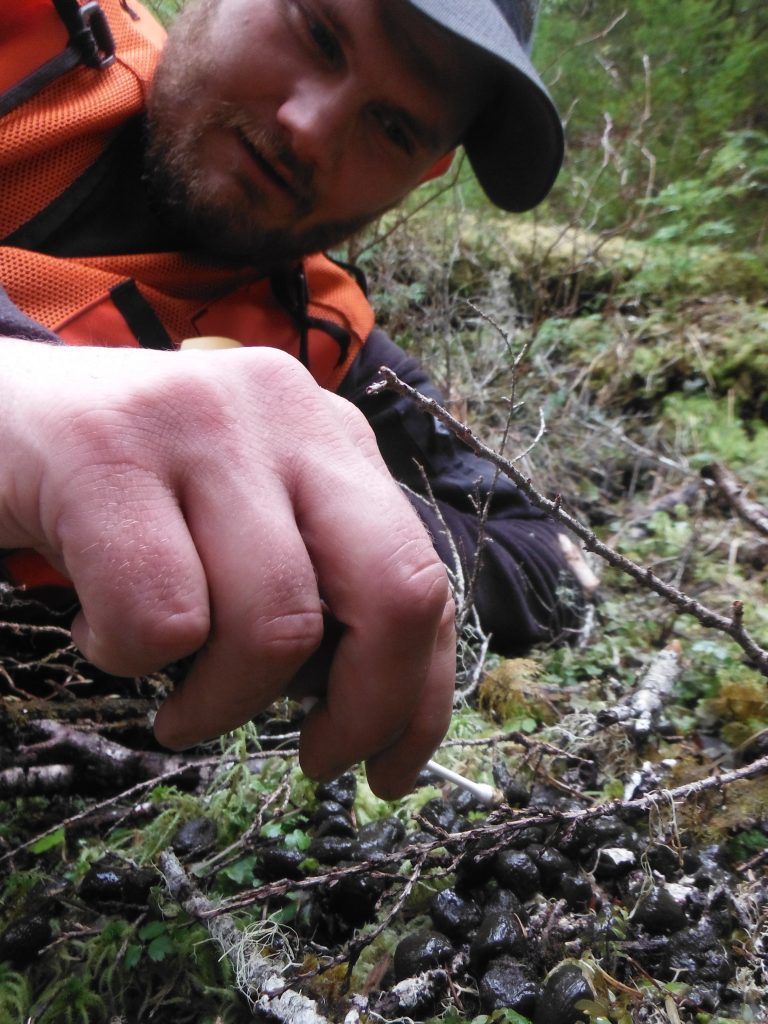
While the findings from these types of surveys can certainly indicate high or low densities of deer, locations such as southeast Alaska offer many variables that can skew the data. Harsh winters can cause deer to herd up, while mild winter months can cause them to disperse, but have generally have shown that the biggest factor affecting the deer herd in the area is winter weather.
DNA tests such as this one are still a relatively new tool for the department, but is already said to have been producing more detailed information than pellet transects, which have taken place in the area for over 30 years.
“Instead of having to wait multiple years to get an idea of what might be going on with the deer we can have an idea of what the density is right at that specific point in time,” wildlife biologist Karin McCoy told KFSK.
As these studies continue into the spring, biologists with the Fish and Game Department plan to use their findings to manage future deer hunts in the region.
H/T: KFSK
Images: Alaska Department of Fish and Game

